Navigate with care in high water
BY Sarah Baxter
ON 06-12-2025
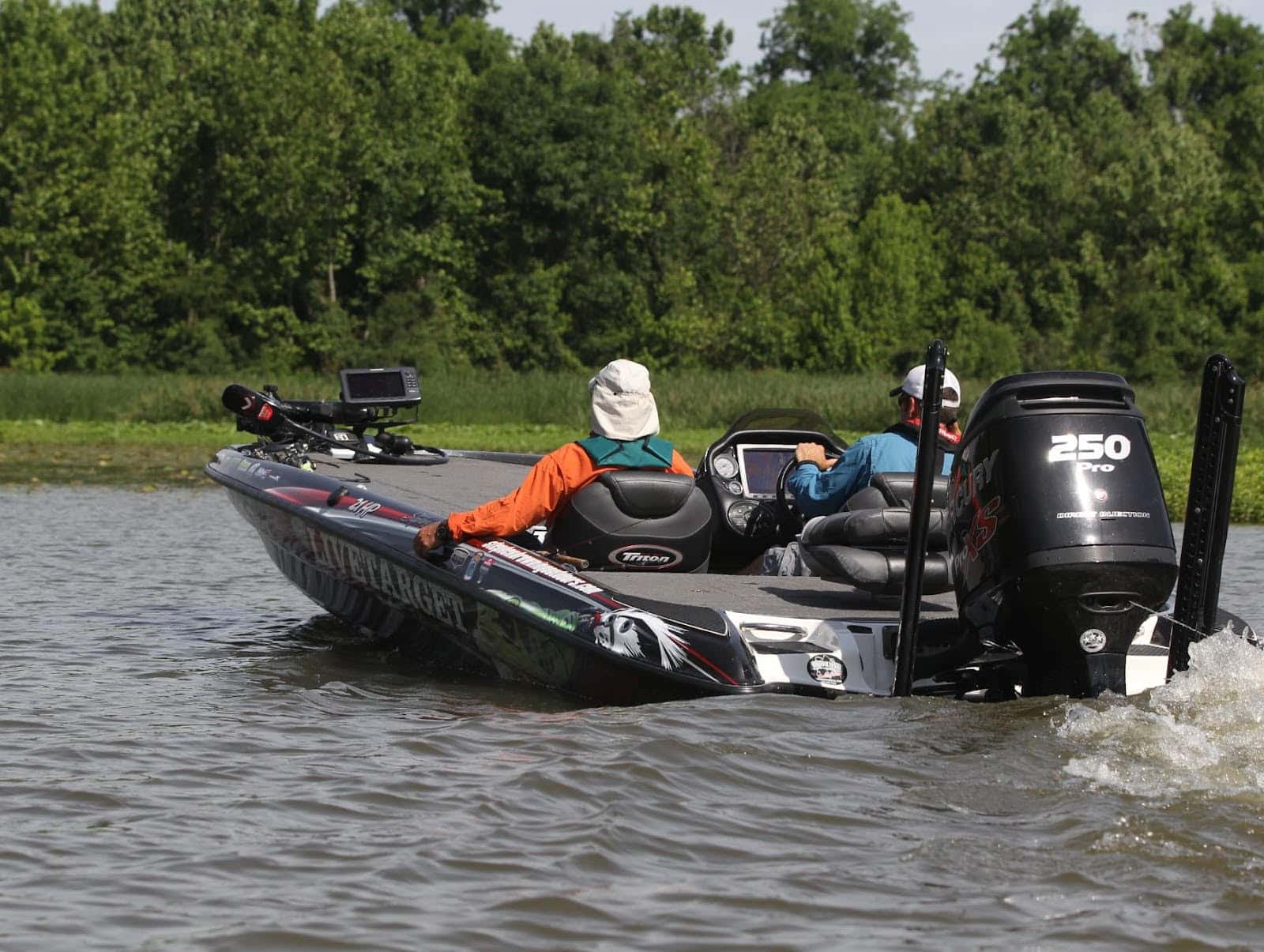
MOUNTAIN HOME — Arkansas has experienced one of the wettest springs on record, causing swollen streams and extended high water throughout most of the state’s large lakes and reservoirs. Table Rock, Beaver, Bull Shoals, Norfork, and Greers Ferry lakes have all been above their conservation (full) pool levels for many weeks, and a smattering of other large lakes around the state are also within their flood pool level. While these elevated water levels can open up exciting opportunities for anglers looking to find bass, bream and crappie in newly flooded habitat, they introduce a new set of hazards in the form of floating debris and unknown structures hiding beneath the surface.
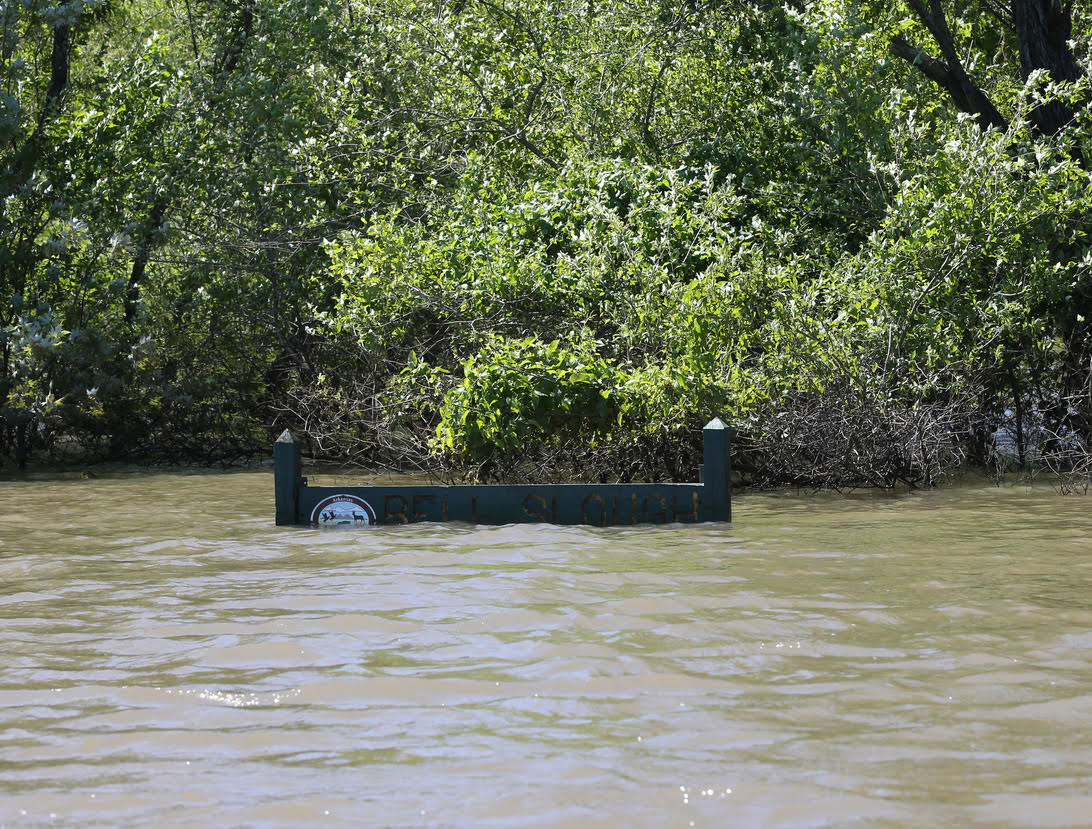
Always operate your boat at a reduced speed in unfamiliar or newly flooded areas. This gives you more time to react to unexpected obstacles and minimizes damage if an impact does occur.
High water may appear serene once the storm has passed, but what looks like open water may conceal submerged obstacles that can quickly turn a peaceful outing into a costly accident or a dangerous situation. Submerged tree stumps and sunken logs can wreak havoc on a boat’s hull or smash the lower unit of an outboard. What may look like a small twig at first glance can turn out to be the top of an entire tree hidden just beneath the water’s surface. Fence posts, submerged gates, courtesy docks and picnic tables are other shoreline amenities that can turn into obstacles when the water rises.
Even away from the shoreline, keeping a proper lookout during these conditions is paramount to boating safety, especially for anglers running in low-light hours.
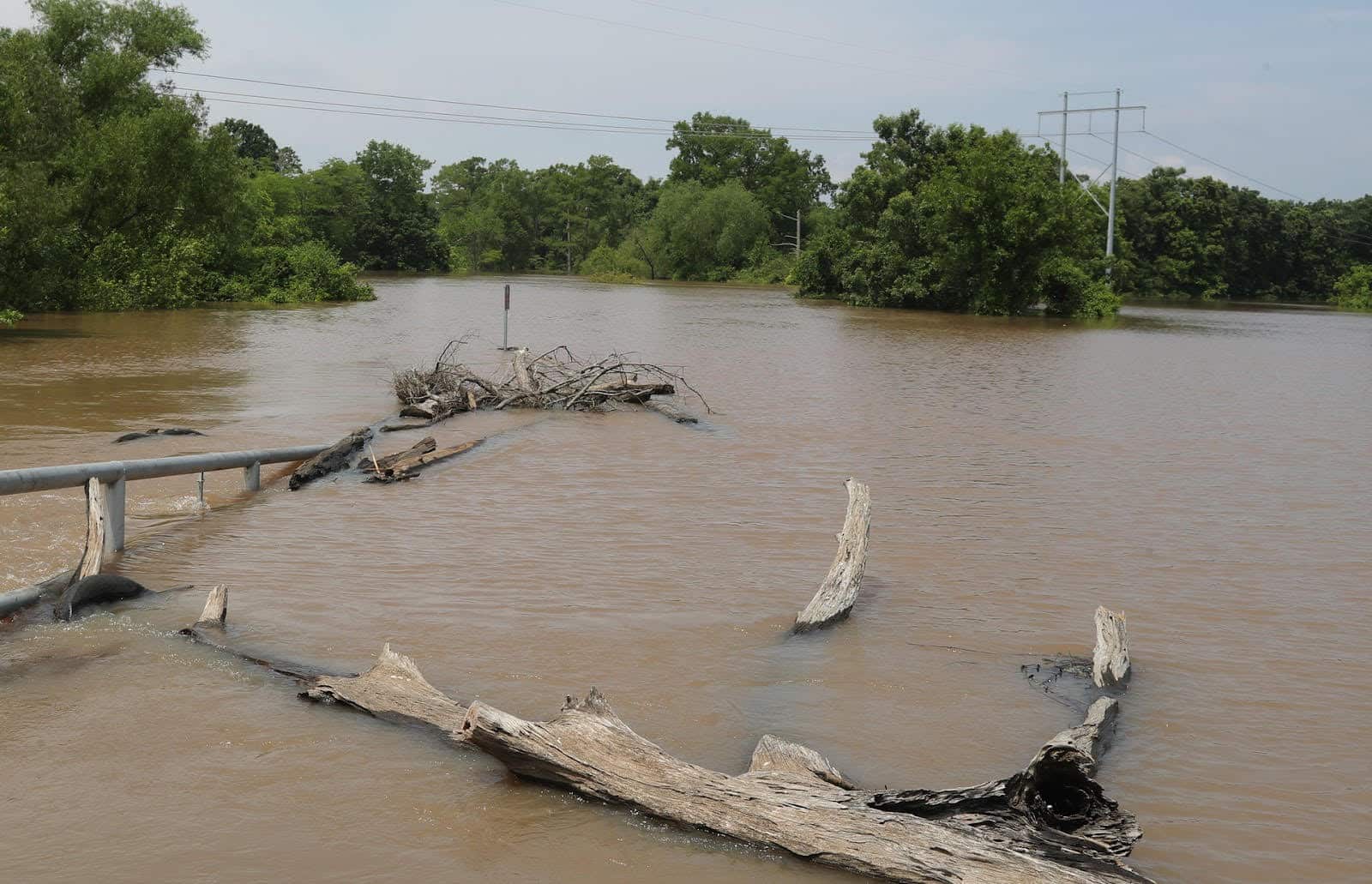
“Don’t assume a familiar area is free of danger simply because you’ve safely navigated it before,” AGFC Black Bass Program Coordinator Jeremy Risley said. “Floating debris is difficult to see first thing in the morning and as the sun sets in the evening. As days grow hotter and night-fishing becomes more prevalent, extra caution becomes even more important.”
Boaters should also know how much water their vessel needs to operate safely and avoid venturing into areas that are too shallow. Allow for extra clearance, remembering that you may not be able to see submerged debris. Pay close attention to your depth finder, but remember that it only reads where you’re at, not what is just ahead. When in doubt, opt for slow and steady, even using the trolling motor if you know you’re in an area likely to be riddled with underwater obstacles.
Wearing a properly fitting life jacket is always encouraged, but even more so when navigating unfamiliar high water. Strong currents, floating debris, and unexpected impacts can cause boaters to be thrown into the water, and a life jacket can be the difference between an embarrassing plunge and a tragic situation. By law, all boats in Arkansas must have a properly fitting, wearable U.S. Coast Guard-approved life jacket readily accessible for every person on board. Children 12 and under must wear their U.S. Coast Guard-approved life jacket the entire time they are on board any vessel unless such occupants are within the enclosed area of a houseboat or cruiser, or within the area enclosed by railings of a houseboat, party barge, or cruiser, and the vessel is not underway.
High water amplifies the need for focused, responsible boating. Be mindful of these new challenges and you can unlock the key to some fantastic fishing on Arkansas’s beautiful lakes and reservoirs this summer.
####
CUTLINES:
SLOW GOING
Even the fastest boats should take it easy and ease into new areas to avoid running aground or hitting unknown obstacles. AGFC photo by Mike Wintroath.
SUBMERGED SIGN
Pay attention for submerged signs, picnic tables and other obstructions when venturing into newly flooded areas. AGFC photo by Mike Wintroath.
DEBRIS AT SUBMERGED DOCK
Floating logs, submerged courtesy docks and other obstacles can destroy a boat and throw the occupants overboard. AGFC photo by Mike Wintroath.
Recent News
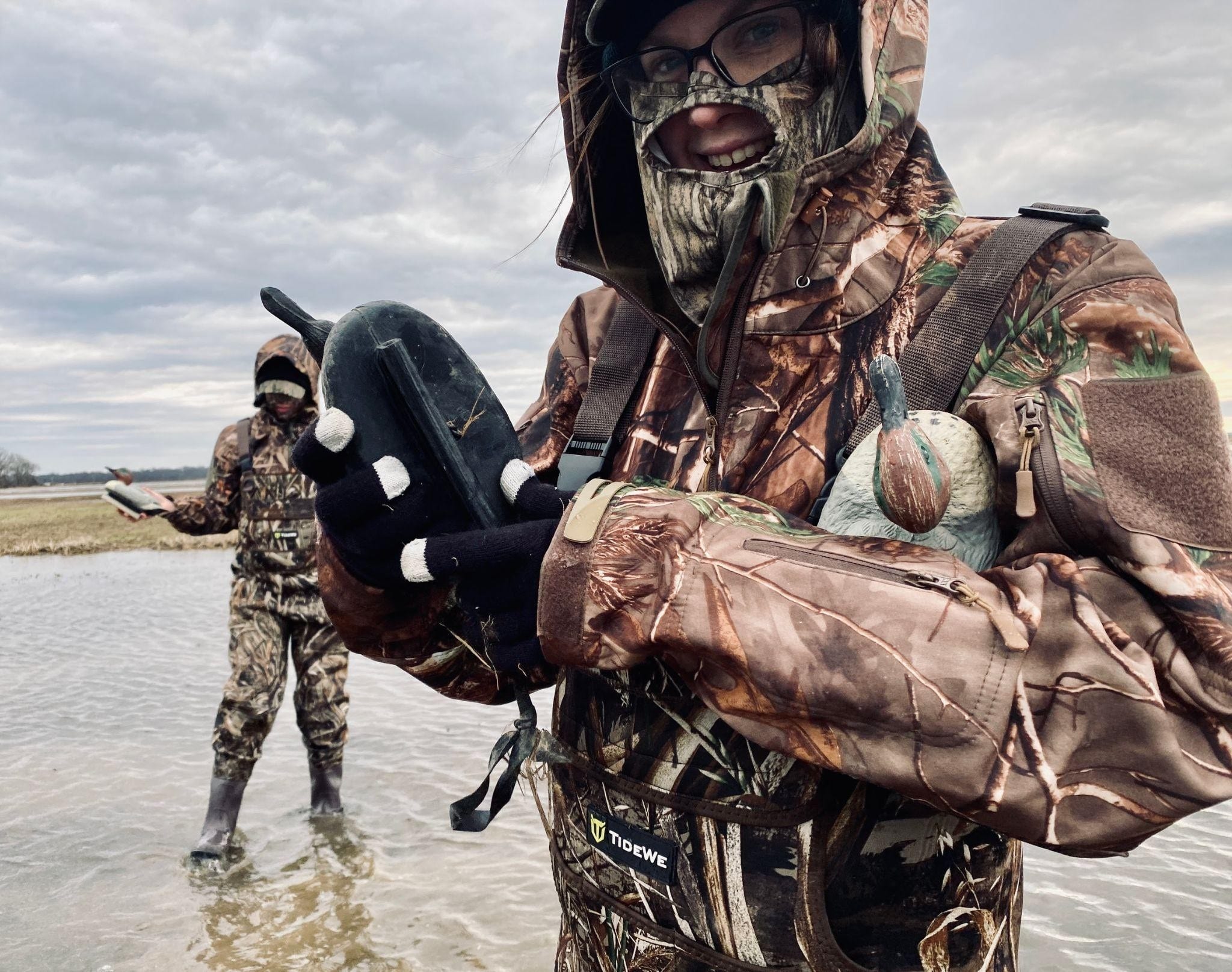
Waterfowl Report: Better Conditions Greet Hunters
Dec. 12, 2025
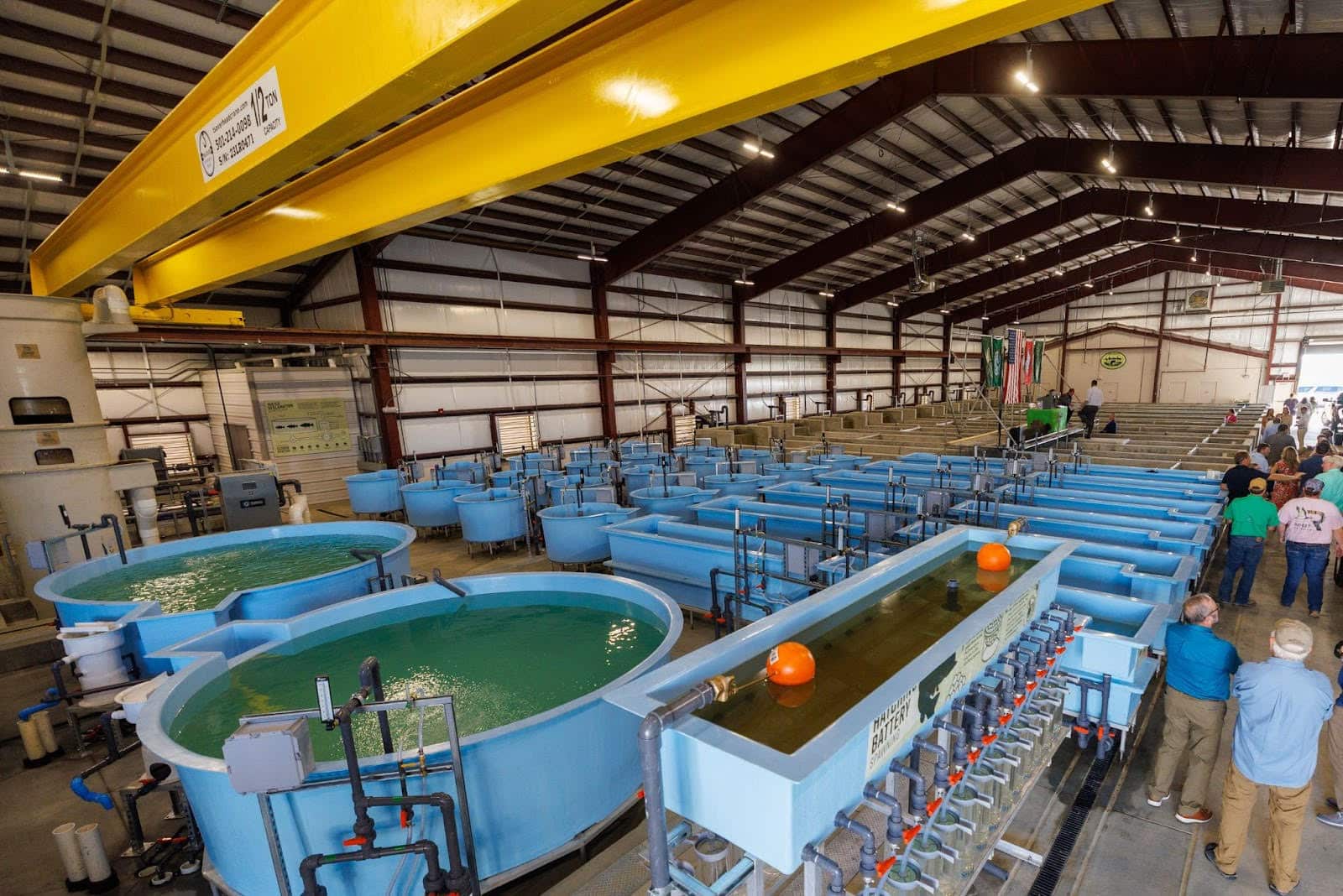
Lonoke hatchery staff making room for megabass
Dec. 11, 2025
Subscribe to Our Weekly Newsletter E-mails
Don’t miss another issue. Sign up now to receive the AGFC Wildlife Weekly Newsletter in your mailbox every Wednesday afternoon (Waterfowl Reports are published weekly during waterfowl season and periodically outside the season). Fishing Reports arrive on Thursdays. Fill in the following fields and hit submit. Thanks, and welcome!
